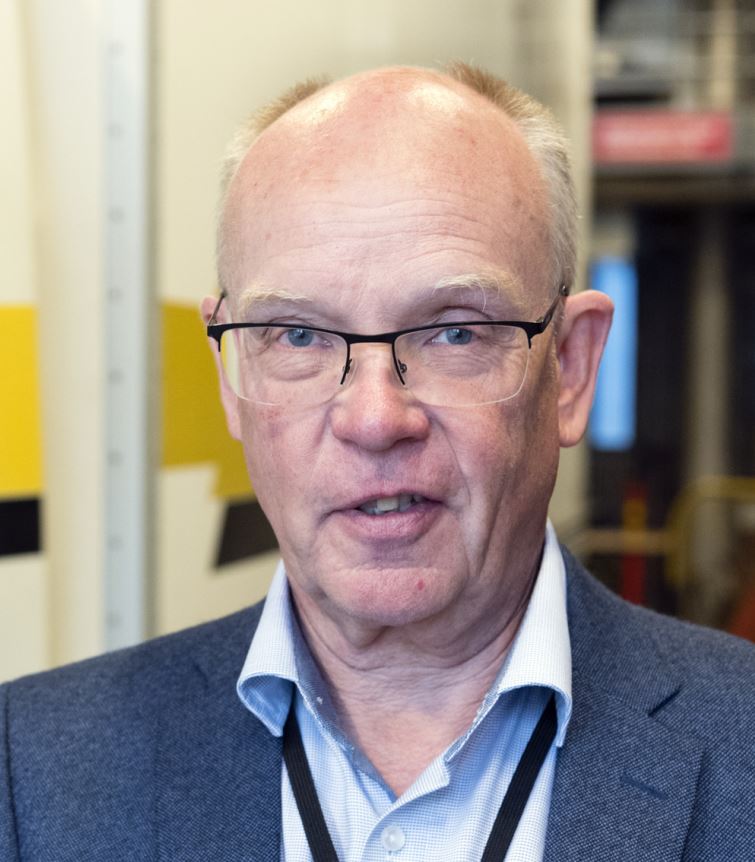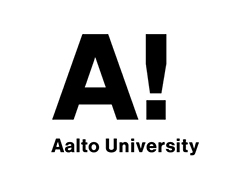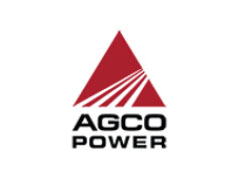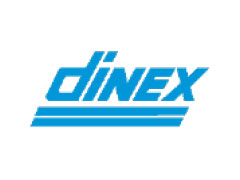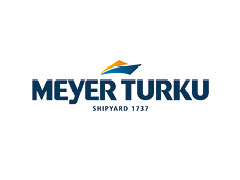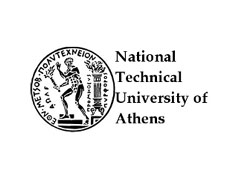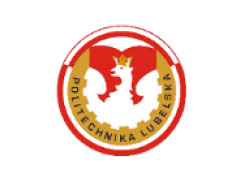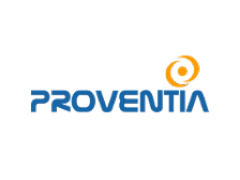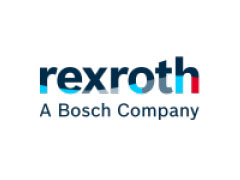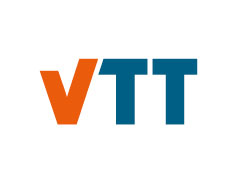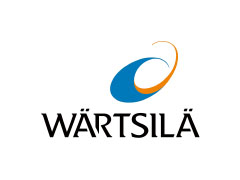In the EU, the on-road sector is steaming full ahead towards zero tailpipe CO2 emissions. Zero emissions for passenger cars and vans in 2035, and a proposal calling for zero tailpipe emissions for city buses in 2030 and a 90 % reduction in truck CO2 emissions by 2040, compared to 2019 levels.
What are the implications of all this? The internal combustion engine will gradually be phased out, and development activities will stall. And we also will see effects in the fuel sector. Who will be willing to make major investments in renewable fuels such as advanced biofuels and electrofuels? Ok, the Commissions states that such fuels are needed in aviation and in the marine sector. But still.
Looking at tailpipe CO2 only is a rather narrow approach for CO2 evaluation. In fact, the whole fuel cycle, well-to-wheel or well-to-wake (WtW) should be taken into account, and also energy and emissions from the vehicle cycle, meaning materials, manufacturing and recycling. The internal combustion engine itself is not the villain, but rather CO2 from fossil sources.
Let’s hope that the legislators will not force non-road mobile machinery and shipping towards zero tailpipe emissions. Electricity, hydrogen and even ammonia can be viable options in some applications, but for sure, they are not necessarily the most practical or efficient options. The Clean Propulsion Technologies community will do its best to keep the door for highly efficient internal combustion engines running on low-carbon and carbon neutral fuels wide open. Hydrogen and ammonia will benefit from this as well. The tailpipe should not be the only focal point, a more comprehensive approach is needed.
Nils-Olof Nylund
Senior Advisor
VTT
Nils-Olof Nylund is an Advisory Board member of Clean Propulsion Technologies and actively following the development of the project. He is particularly monitoring and contributing to WP1 “Roadmapping and business feasibility”.
